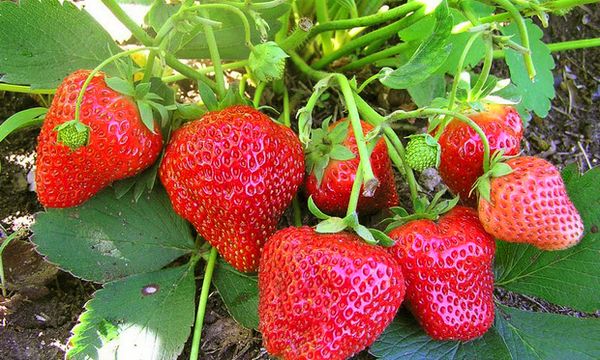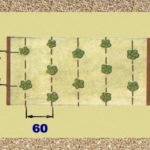Strawberry Elizabeth is one of the most popular varieties. Gardeners choose it for a pleasant taste, attractive appearance, unpretentiousness, long-term fruiting, good transportability and many other advantages.
Table of contents
Description varieties of Queen Elizabeth
Strawberry Queen Elizabeth is represented by two varieties: Queen Elizabeth and Queen Elizabeth 2. It is believed that the birthplace of the variety - England, and brought his famous breeder Ken Muir.However, there is no evidence of this, so some are skeptical about this assumption.
The second Queen appeared thanks to the Russian breeder Mikhail Kachalkin, who drew attention to plants with higher yields and selected them for further breeding. The result was obtained in 2001.
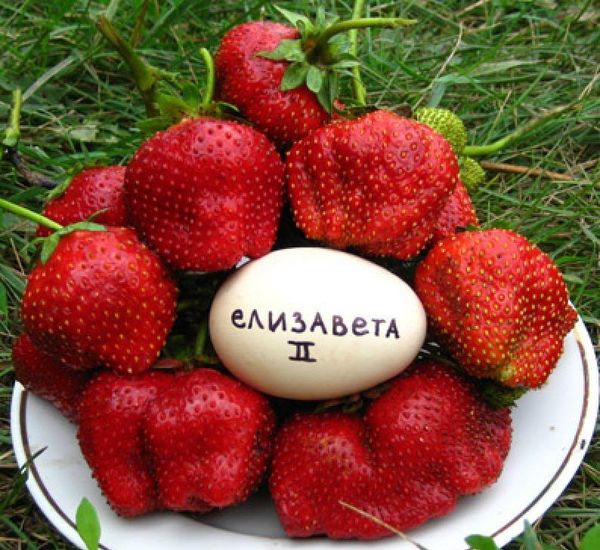
However, the differences are still there:
- first bears fruit with long daylight (at least 8 hours), in contrast to the second, the duration of which is not dependent on daylight and which, accordingly, bears much longer;
- the first leaves and the bush itself is larger;
- at the first young leaves of light green color, and at Elizabeth 2 - dark green;
- Elizabeth gives a lot of whiskers, and Elizabeth 2, if you do not remove the flower stalks, a maximum of 5 to 2-3 sockets on each;
- the flower stalks of Elizabeth are the same height as the leaves, and stand straight, while in the second they are lower than the leaves and from the bountiful harvest lie down.
Strawberry Elizabeth 2 refers to remontant varieties, that is, fruits in several stages:
- bloom - in May, fruits - in June;
- bloom - in July, fruits - in August;
- bloom - in September, fruit - in October.
If weather conditions are favorable, you can feast on the berries until November.
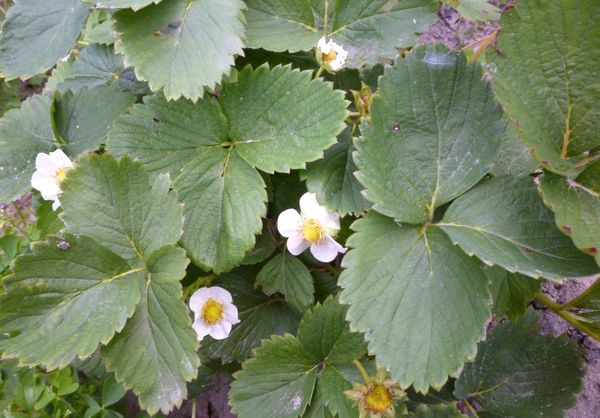
Elizabeth blooms in May one of the first and brings the first fruits in late May or early June. Such earlier fruiting is explained by the fact that the buds are formed in the fall. With them, the bushes and go into winter "hibernation."
Fruiting is plentiful and, as a result, an unusually high yield. On average, the description can be obtained 350 centners of berries per hectare, from a bush - up to 1.5 kg. Even the mustache, which is formed in July, also bear fruit in August.
The varieties are quite cold-resistant and winter well. However, the earliest harvest is guaranteed if the beds are sheltered for the winter.
Merits
One of the advantages of these varieties - amazing quality of berries, both in appearance and taste. Bright red fruits are large (up to 40-50 g), even, neat, the surface is like varnished.
.
The taste of a fully ripe fruit is more like a honey. The sweetest berries come in the summer.
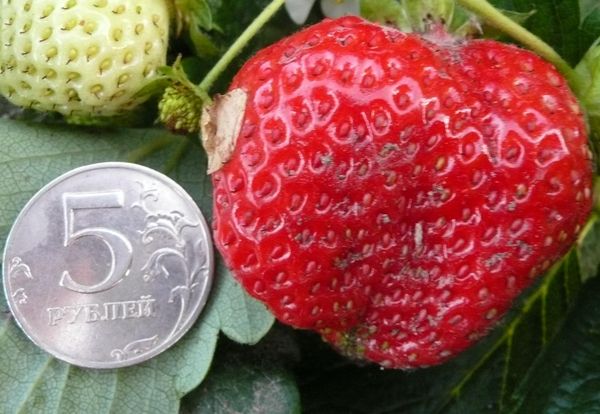
Berries are long stored and well transported. They do not boil soft, they also retain their shape when frozen.
disadvantages
Variety Elizabeth has one drawback, and this is compared only with her follower, the variety Elizabeth 2. She fruits less, and loses from this in yield.
The disadvantage of the second Elizabeth is the inability to get from the bush at the same time and fruit, and mustache. We have to choose one thing, and at the time when the buds are formed. In another way will not work.
Planting strawberries
Strawberries of these varieties suitable for growing in all regions, both in open ground and in greenhouses, including panel. Cultivate it on the balconies. It feels good on fertile loamy neutral soils, necessarily moderately wet.
Suitable for planting any time, starting in the spring and ending in the fall. But the optimal term is the second half of July - the beginning of August. Plants before frost will take root and grow stronger. When planting in autumn, cover should be provided.
It is better to prepare the soil in advance. To do this, select the solar plot and add to the soil a mixture of humus with peat (in equal parts).Then dig up the bed and leave for a month so that everything will rot.
- Strawberry planting scheme Elizabeth 1 and 2
- For planting it is necessary to choose a sunny plot.
Immediately before landing you need to make the grooves. In order not to be mistaken with the depth, use the end face of the spade. Shrubs are located at a distance 26-30 cm from each other. Row spacing - 60 cm. When planting, it is desirable to apply phosphate fertilizers directly into the ground.
As the plant grows old, the berries become smaller. This is noticeable in the second year after landing. Therefore, it is recommended that every year, better at the end of summer or early autumn, make new beds and plant young seedlings.
Post-treatment care
Remontny grade fully reveal its potential only with careful care.
Feedings
Since the plants give crop continuously, they need regular feedings. Fertilizing is done weekly during fruiting.
The most suitable fertilizers in this period are organic. In the spring dressing it is good to include ammonium fertilizers, phosphoric acid, urea. Strawberries react well to nitrogen-containing additives.
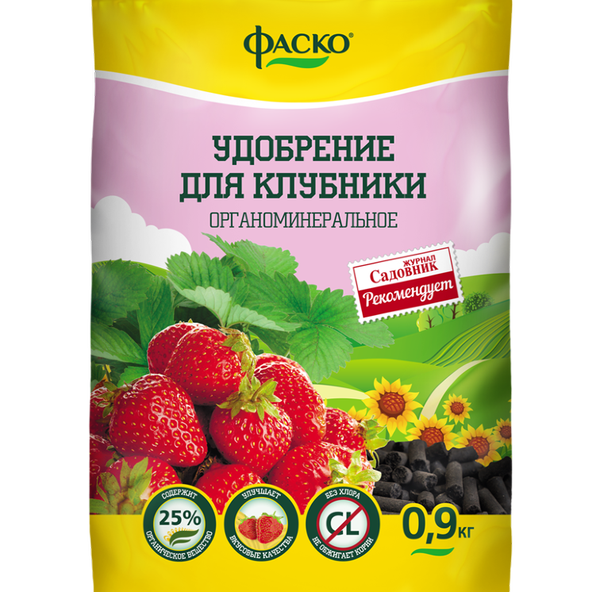
The berries of the first harvest in Elizabeth 2 are not very large, so some remove the first flower stalks and feed the bushes.
As a top dressing in this period, it is better to use mullein, diluted in water in a ratio of 1:10. Ash is added to it. This has a positive effect on the second harvest - the fruits are much larger, and ripen faster.
Watering
Watering is required for this variety. in 1-2 days. The soil should be moistened to a depth of 5 cm.
In order to avoid excessive soil moisture, it is either mulched (with straw, humus, sawdust), or covered with a bed of black film or nonwoven fabric. Plants can also be planted on film.
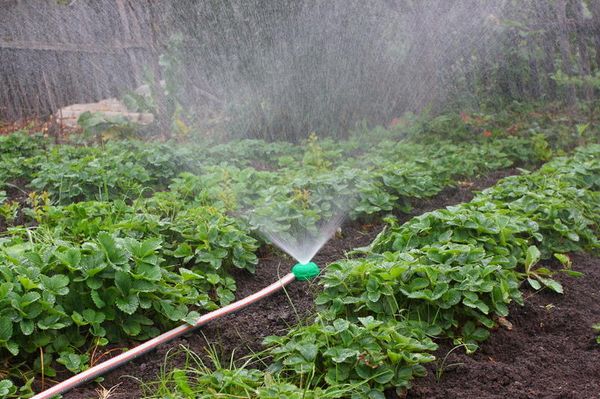
Weed control
As unpretentious as Elizabeth was, weeds need to be removed. Mulching and film help fight weeds.
Soil loosening
Soil it is necessary to loosen after each watering and rain. This is done to strengthen the root system.
Preparing for the winter includes removal of peduncles, unripe fruits, old foliage (leave no more than 2-3 sheets), an hillock, shelter with needles.Experienced gardeners are advised to water it well before the cold.
Strawberry reproduction
As a planting material are traditionally used sockets formed on the whiskers.
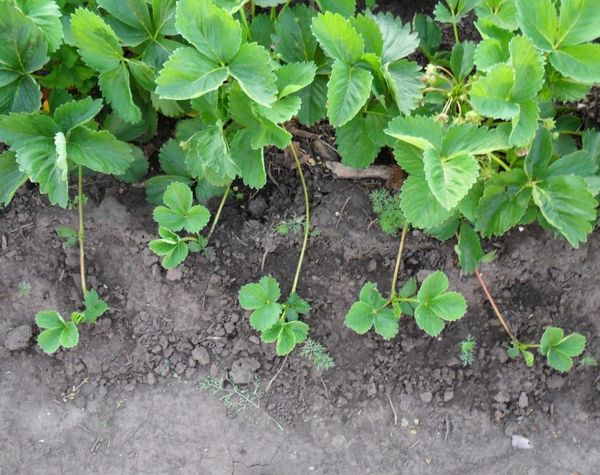
The method of dividing the bush is also effective. Can be propagated and seeds. They are planted in the ground under the glass (without embedment). Landing time - the beginning of February. From the time of sowing to germination takes at least 3-4 weeks.
Diseases and pests
Sort Elizabeth is remarkable resistant to the typical diseases of this culture. However, in rainy weather, so that gray rot does not appear, it is advisable to process strawberry plantings with phytosporin or an integral.

Elizabeth is not very attractive for insects, therefore no need for chemicals. From the weevil, which often strikes strawberries of different varieties, you can sprinkle the leaves with tobacco dust.
It takes a lot of time and effort to get a good harvest.But the result invariably pleases, especially since no store strawberries compare with the one that is grown by hand.
